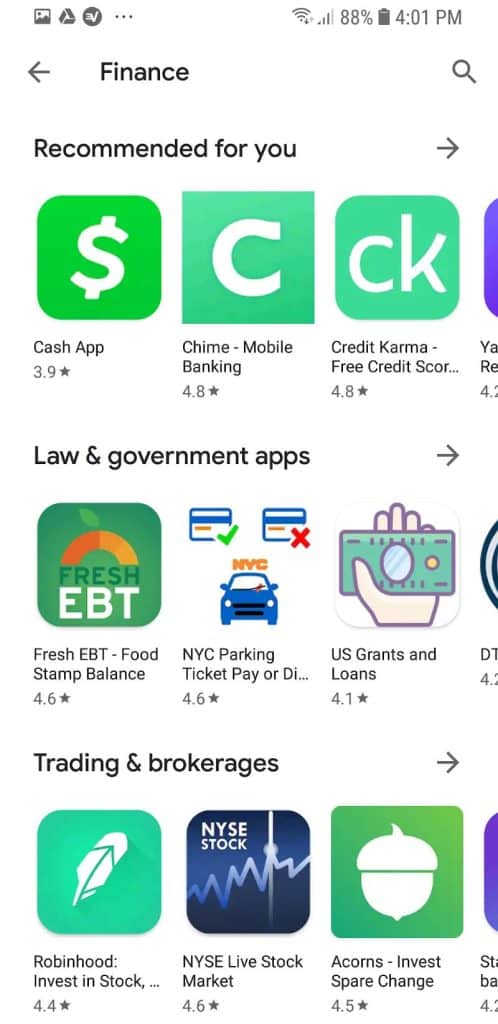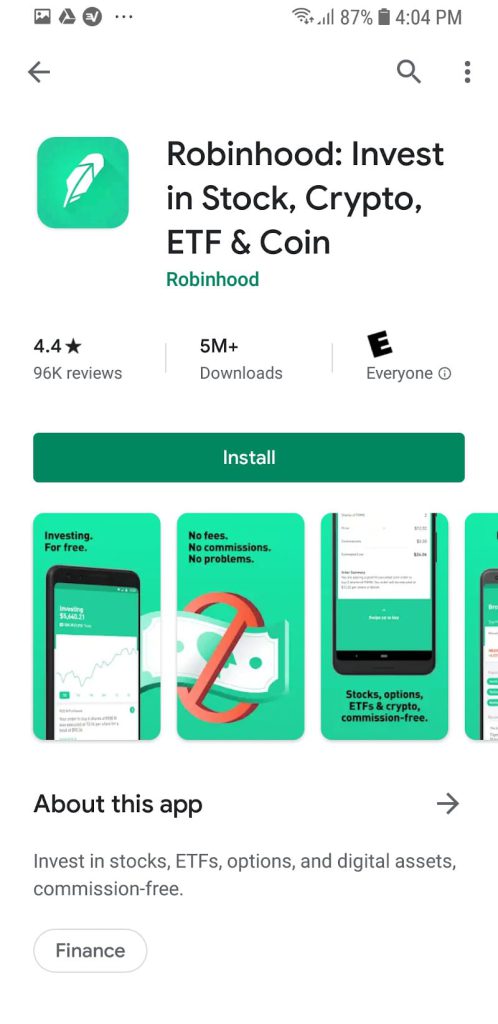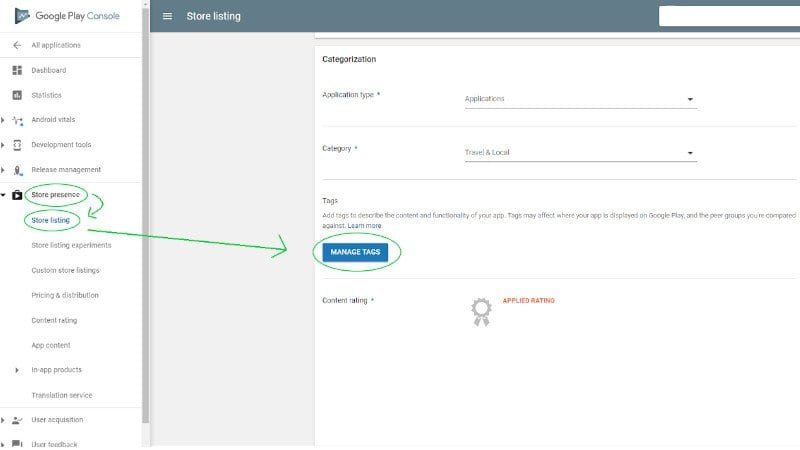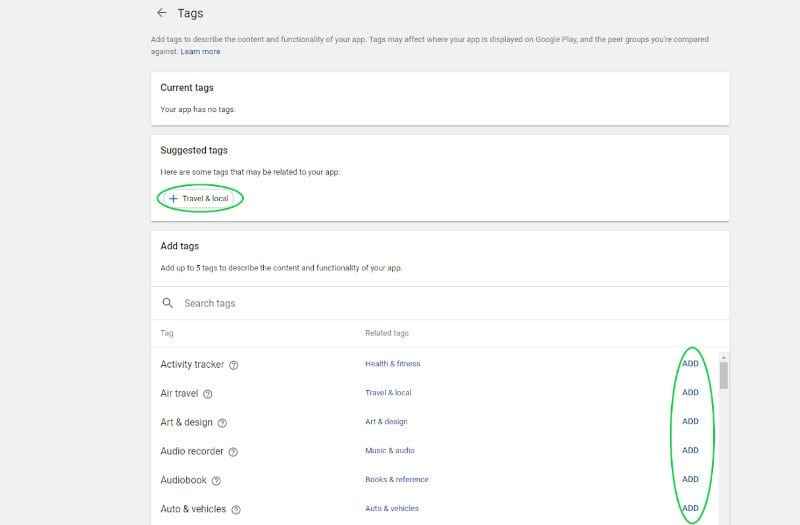
In August Google introduced different updates to their Play Store that provides a clean look and an overall better user experience. Amongst these new features is one that is crucial for ASO purposes: the addition of tags. Google listed over 150 global tags and now allows developers to use up to 5 tags for app listings. Tags are predicted to have a significant impact on ASO, making it crucial to understand their function.
Tag Functions
Tags are adding a new dimension for app discoverability. They have become an extension of categories, which group apps together and allow users to browse apps per category. Tags, on the other hand, reflect what the app is about and can provide similar apps per tag across categories. When a user clicks on a tag, a listing of the similar app appears, hence refining discoverability and app placement. When compared to descriptions, tags are more straightforward summarizing the app with only 5 words.
According to Google’s guidelines says:
“Add tags to describe the content and functionality of your app. Tags may affect where your app is displayed on Google Play, and the peer group you’re compared against”
Tags then do more than provide information about apps and influence the location of where the app is listed. Tags appear right under an app’s description and can easily catch a user’s attention. If they are implemented correctly, tags could offer an easy win for ASO.


ASO Benefits
Tags can have many benefits for ASO, the main one being visibility. Each tag affects where an app is displayed: similar apps can be clustered across categories, hence expanding discoverability. The use of tags helps users search and discover apps, easily attracting similar users to competitor’s apps. Choosing the right tags then becomes important for the right app appearance.
The addition of tags also helps the user understand the app’s purpose. They describe the apps’ functionality and content in an easy and straightforward manner, making it easy for users unfamiliar with an app. It also provides a way to compare an app against competitors’ in a similar peer group, raising the stakes to outperform competitors.
Tags serve another purpose in terms of keyword ranking. Each tag can be indexed as a keyword, thereby increasing ranking potential. Robinhood, for example, has the potential of being ranked for ‘finance’ without it being in the title or subtitle, hence expanding title and subtitle possibilities.
The ultimate ASO win is the increase in impressions and downloads that tags offer. By refining app placement and expanding discoverability, organic impressions will increase.
Integrating Tags
Implementing tags is easy, clear and simple. The first step is to log into Google Play Console and select store presence under App. After this, find the store listing in the left menu and under categorization click ‘manage tags.’ There the 5 most accurate tags can be added.
Google Play provides suggested tags that are accurate and clear. When choosing tags, it is paramount to make them as relevant as possible: it is important to choose tags that are strongly associated with the app. It, therefore, isn’t necessary to choose 5 tags if there aren’t 5 tags that are strongly associated with the app. It is crucial to keep them accurate. It is also advised not to change the tags except if when making significant changes to the app itself.
It is too early to analyze the overall impact that tags have on ASO, but we predict it will greatly affect organic impressions. We are monitoring and following apps to study its effects.


Google Serps:
Tags are adding a new dimension for app discoverability. They have become an extension of categories, which groups apps together and allows users to browse apps per category. Tags, on the other hand, reflect what the app is about and can provide similar apps per tag across categories. When a user clicks on a tag, a listing of similar app appears, hence refining discoverability and app placement. When compared to descriptions, tags are more straightforward summarizing the app with only 5 words.
Tags has many ASO benefits, the main one being visibility. Each tag affects where an app is displayed: similar apps can be clustered across categories, hence expanding discoverability. The use of tags helps users search and discover new apps, easily attracting similar users to competitor’s apps. Choosing the right tags then become important for the right app appearance. The ultimate ASO win is the increase in impressions and downloads that tags offer. By refining app placement and expanding discoverability, organic impressions will increase.
It is too early to analyze the overall impact that tags have on ASO, but we predict it will greatly affect organic impressions. We are monitoring and following apps to study its effects.






